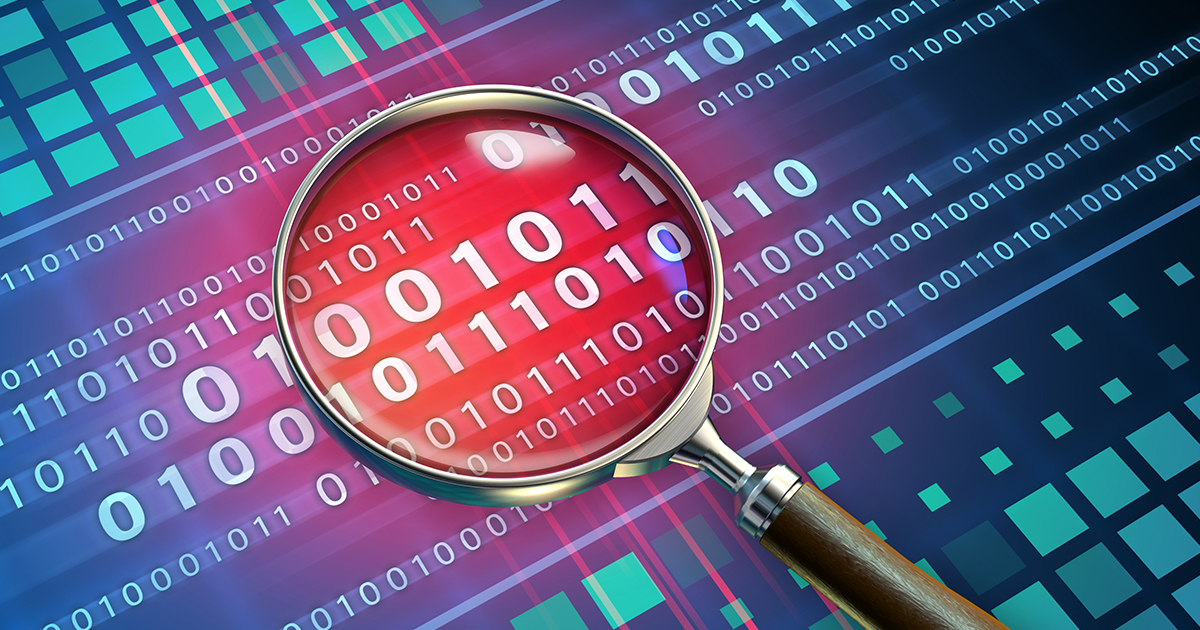
2021-06-23 09:00:00 Author: www.trustwave.com(查看原文) 阅读量:78 收藏
To help facilitate conversations with and inform the decisions of important business leaders and stakeholders within your organization, the first step is to ensure they understand as much as possible about the key components that make up the organization’s overall security protocol. It is with this in mind that Trustwave will be presenting a series of blogs to address some of the more common security solutions and tools we are seeing in the field.
Expectations for best practices in a modern Security Operations Center (SOC) can require an in-depth understanding of a variety of cybersecurity solutions and how they work together and complement each other. Security professionals must be able to confidently maneuver the nuances between solutions’ capabilities and their benefits to make smarter and more targeted decisions. EDR and XDR are both impactful technologies on their own; combined with MDR, these solutions can take visibility and efficiency to the next level.
What is EDR?
Endpoint detection and response (EDR) combines real-time continuous monitoring and collection of endpoint data with rules-based automated response and analysis capabilities. Protecting the various devices – from laptops and printers to cell phones and tablets – and the networks they connect to is only step one to meet today’s security standards.
How these alerts are managed should be a key consideration for teams as they adopt or update their EDR solutions. How are the alerts triaged? Who acts upon them? How is this process documented? These questions will inspire your journey to augment your existing EDR solutions with more comprehensive tools and solutions. You’ll need this next-level protection to safeguard against the ever-increasing ingenuity of bad actors and the inherent nature of highly distributed networks today, that are continually affected by changing workforce realities and digital transformation initiatives.
Learn more: Evolving to XDR from EDR: How to do it and why it matters (webinar)
What is XDR?
Extended detection and response (XDR) is a proactive approach that both delivers data visibility across networks, clouds and endpoints and applies automation and analytics to up-level protection across endpoints and environments.
XDR is essentially an evolution of EDR. Forrester, for example, says the XDR “Unifies security-relevant endpoint detections with telemetry from security and business tools such as network analysis and visibility (NAV), email security, identity and access management, cloud security, and more. It is a cloud-native platform built on big data infrastructure to provide security teams with flexibility, scalability, and opportunities for automation.”
As environments become more complex, it becomes increasingly necessary to integrate network, endpoint, and cloud data for significantly greater visibility into your systems. No matter how robust your XDR solution may be, it remains only one piece of your security posture. The results gathered must be analyzed and investigated before engaging response teams.
What is MDR?
Managed detection and response (MDR) services combine advanced analytics, threat intelligence, and human expertise in incident investigation and response to optimize your existing security investments, pulling together insights from disparate technologies as well as threat intelligence from outside your organization. Continuous monitoring services and deep expertise ensures that the platforms you have are properly deployed, strategically applied, and well maintained: all things that cause strain on lean in-house IT teams. Working with an experienced MDR provider shifts your cybersecurity approach from a reactive to proactive posture – and that makes all the difference in the event of an attack.
EDR, XDR and MDR are important cybersecurity solutions today that will influence the vitality of data ecosystems of the future. Defining them – while understanding both their limitations and benefits – will illuminate opportunities to layer these offerings to give you the support you need, whether building upon what you already have or starting fresh with new solutions and services.
如有侵权请联系:admin#unsafe.sh